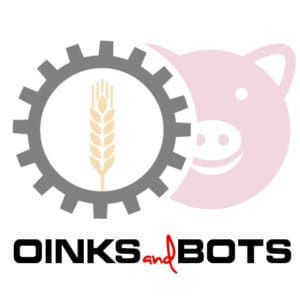Poultry farming is one of the most interesting and profitable sectors of agricultural activity. And before you start breeding birds on an amateur or industrial scale, you need to get acquainted with the basics of poultry farming.
There are thousands of breeds and varieties of birds that are bred today around the world. Some of them deserve attention in terms of their unique physiology and habitat. Others are distinguished by their irresistible appearance. Special breeds are needed for sports and decorative exhibitions.
The most common groups of birds reached mass production. This is reasonable from an economic and consumer point of view. The names of the groups correspond to the main characteristics of their representatives. So, meat breeds quickly gain weight and reach large sizes. Meat-egg individuals, in addition to this, have significant egg production. Eggs, capable of carrying up to 350 eggs per year. Each breed has its own characteristics in the maintenance and care. Here are some poultry breeds that are actively bred:
- Chickens
- Geese
- Ducks
- Turkeys
- Quail
- Pheasants
- Guinea Fowl
- Ostriches
Beginners and experienced farmers should adhere to basic maintenance rules. Each grows individuals in certain conditions based on their capabilities. However, it is important to follow basic principles that are the same for everyone.
Maintenance For Poultry Farming
There are some differences in the content of poultry, which are caused by habits and characteristics of the disease. The practice of raising birds requires certain conditions:
- Arrangement of the place of detention in accordance with existing norms and rules.
- Purchase healthy poultry in the right amount.
- A balanced diet.
- Hygiene and infection control.
- The correct financial calculation.
The breed of chickens, geese or ducks should correspond to the direction of development of the economy. If you decide to acquire mixed yard farming, then you need to select its inhabitants in such a way that one breed makes you happy with regular egg production, the other grows quickly and its carcasses have significant weight. Consider the main varieties of poultry with its distinctive features.
Chickens
The basis of the current poultry industry, of course, are chickens. The industry of meat and eggs of these birds is very developed. Their meat is in every supermarket. It is used by people of almost all faiths, nationalities and social classes.
Chickens are split up between egg and meat production. If you want a more comprehensive breakdown on the best chickens for egg and meat production, read my article on what to know before you start raising chickens.
Chicken eggs will retail at $2.20 a dozen and a pound of chicken meat will get you $1.26.
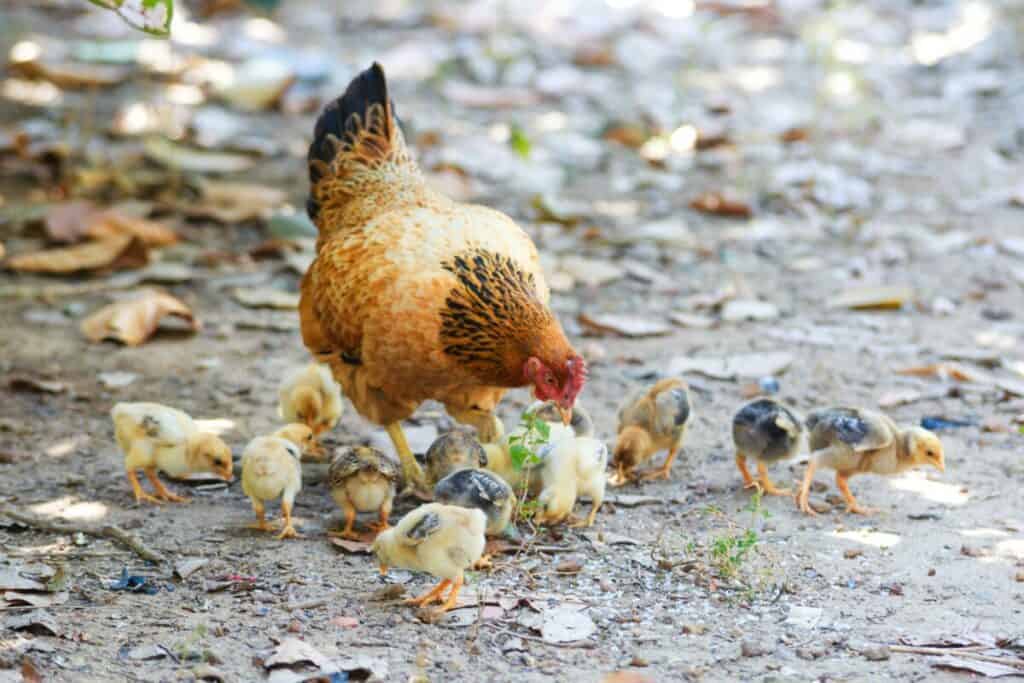
Geese
This bird has its own characteristics and advantages:
- Fast growth.
- Impartiality to feed.
- Dietary meat.
Geese can grow up to 10 kg (22 lbs). During the growing season they reach, as a rule, 6 kg (13 lbs). A variety of food is suitable for feeding geese. A typical diet for geese would be plant based; grass, shoots, roots and berries. They can lay up to 300 eggs per year.
Geese eggs retail at $1.45 per egg and so $17.40 per dozen. With regards to geese meat, you can expect to get $7.26 per pound. A typical goose will be 22 lbs and half of that is possible to harvest.
Although they are less in demand than chicken, they are successfully used in the food industry. Goose eggs are also often considered a gourmet egg and there may be local restaurants who may pay high prices for your eggs.

Ducks
The uniqueness of ducks lies in their ability to rapidly grow. In 2-3 months (8-11 weeks) you can get a commercially viable individual. Ducks are a high-calorie and nutritious meat. They feed on various foods but are basically the same as geese in terms of their diets.
Do not forget, ducks are waterfowl and to create favorable conditions for them, it is advisable to acquire a pond or other types of something like a small pond.
Duck eggs can retail at $6-$12 at a dozen. With regards meat, you can expect $1.45 per pound (lbs) of meat. Most breeds produce about 4-5 pounds (lbs) of meat. So each duck can fetch about $5.80-$7.25 but this again depends on your market.

Turkeys
Turkey is one of the most demanding type of poultry. You should be very attentive to nutrition and maintenance, the initial investment in turkeys can be steep and with a longer maturity cycle than other poultry, 5 months will be the earliest your females will start laying.
You can expect about 100 eggs a year off of your healthy hens and a turkey eggs retail at $24-$36 per dozen. You can expect $1.51 per pound for a fresh hen. With an average of 13.5 kg (29.8 lbs) and you can expect 50% meat to be harvested and so each turkey can retail at $22.65.
Females should receive at least 250 grams (0.55 lbs) feed a day and males at least 350 gr (0.77 lbs). The temperature regime during growth of young animals is very important. The temperature level should be as follows: the first 5 days – + 33 ° C (91.4 F), then – + 27 ° C (80.6 F), from two weeks – + 23 ° C (73.4 F).
Do not allow excessive humidity. Although turkeys require increased attention to detail, they are worth growing. Adult individuals of some species reach 30 kg (66 lbs). Turkey meat is valuable and it has a high calorie content. Not to mention many cultures use turkeys as their primary meat for huge cultural events such as Christmas and Thanksgiving.
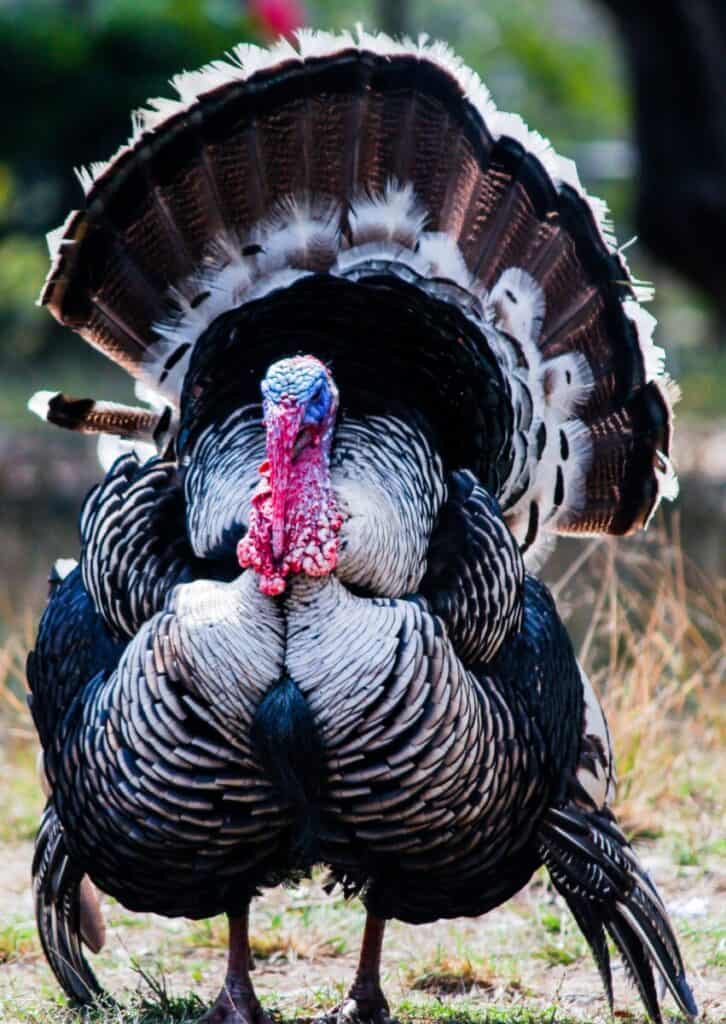
Quail
These are highly sought after birds. They are appreciated due to the large number of beneficial properties of their eggs. This, without a doubt, a dietary product is very important for the normal growth of children.
Recommended for sick people and pregnant women. Quail eggs contain a large amount of essential amino acids, vitamins, mineral compounds and fatty acids. They protect the liver and contribute to the normal growth of body cells.
The quail itself has a high egg production and quickly reach marketable sizes. In practice you get up to 22 eggs per month from one quail. On the other hand, the value of quail meat is worth noting. You will sell a pound of quail for about $3-$4 but keep in mind that it will take several birds to make this weight.
When you contrast that a dozen quail eggs will fetch on average $3-$5, when on high demand, it is not unusual to see $10 per dozen. With a production on average over 22, each quail can generate on average $6-$10. On the higher end, $20 would be possible.
So this breed is only valuable for its egg production and nothing more.
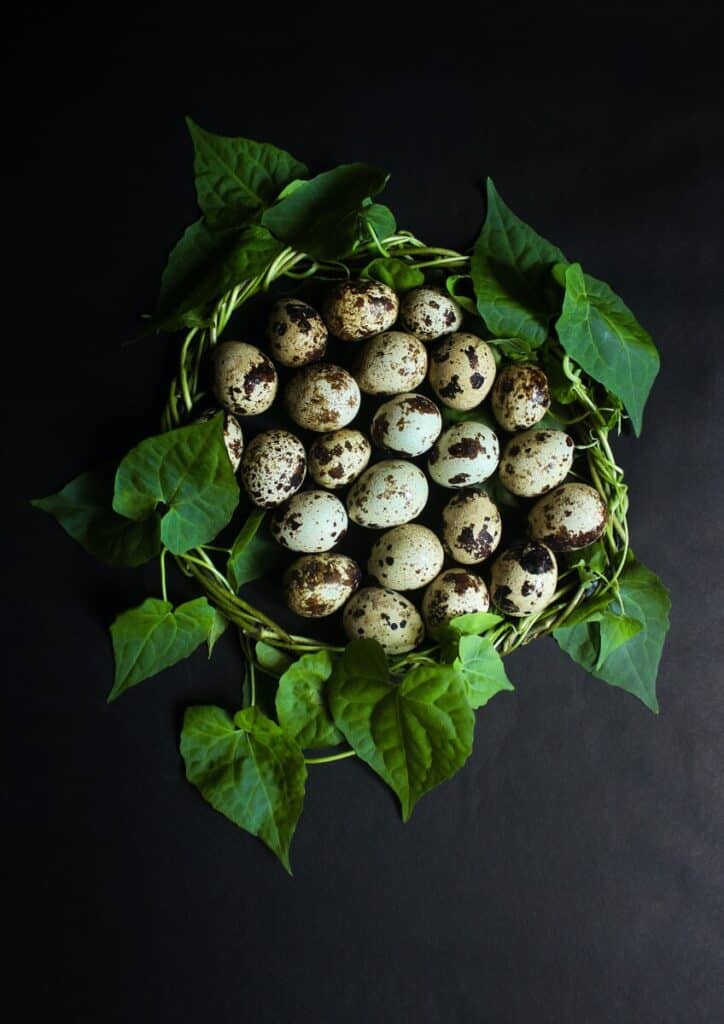
Pheasants
These decorative bird species have recently become more popular for breeding. Not only meat is harvested from them, but also feathers that are used in several industries due to their colourful plumage and eggs are also popular.
You can expect to get on average about 100 eggs a year off of your pheasant hen. This can vary however as low as 50 and as high as 150 depending on your breed and your specific flock.
Pheasant eggs retail at $6-$8 per dozen. Some markets will fetch you $12 per dozen. A 1.5 lbs of meat can retail at $9.99.
Pheasants are related to “big game”. It will not be difficult to sell their meat, as there is a high demand for it in restaurants and other catering establishments.
However, pheasants are very difficult to raise. You need to have good experience and sufficient support to engage in this kind of business. Pheasants often need wide ranging habitats in order to thrive. This can include suitable grass that is low to medium height while also having access to wetlands and woodlands.
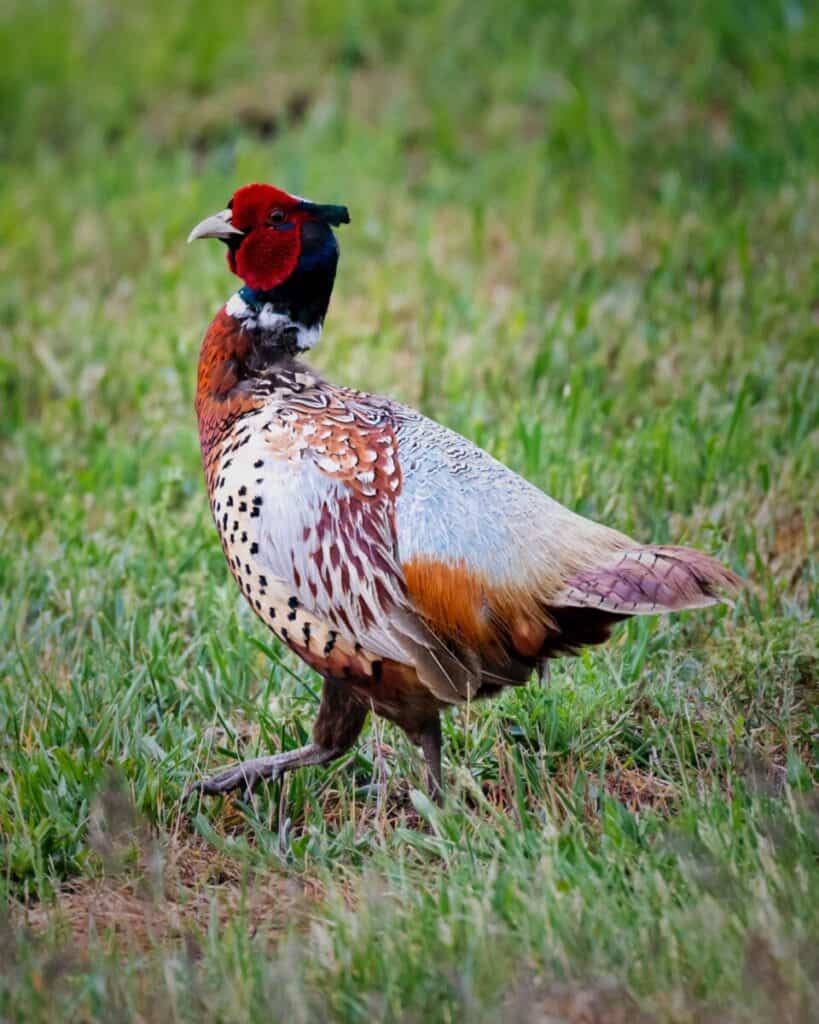
Guinea Fowl
Freedom-loving individuals of small sizes. Their breeding is not as developed as the previous ones, but they deserve attention. Guinea fowl themselves are a cross between a chicken and a turkey. This is their distant relative.
Guinea fowl are lightweight. Guinea fowl meat contains a large amount of hemoglobin, and their eggs are of the highest quality. In a well managed flock, they can produce over 100 a year and this can be expected for about 2-3 years.
Guinea fowl eggs are a growing market but the most established market right now is in Africa and so the markets are not comparable at the moment. As it stands on average in countries like Zimbabwe you can sell 30 eggs to retail in the range of $4-$5. Translate that to western markets and it could become a profitable industry.
Eggs can be stored for up to a year without damage. When leaving the guinea fowl to their own business, it should be noted that these birds require a lot of space for walking.
Guinea fowl are often used as an alarm system as they are loud birds that will announce visitors coming onto your property.
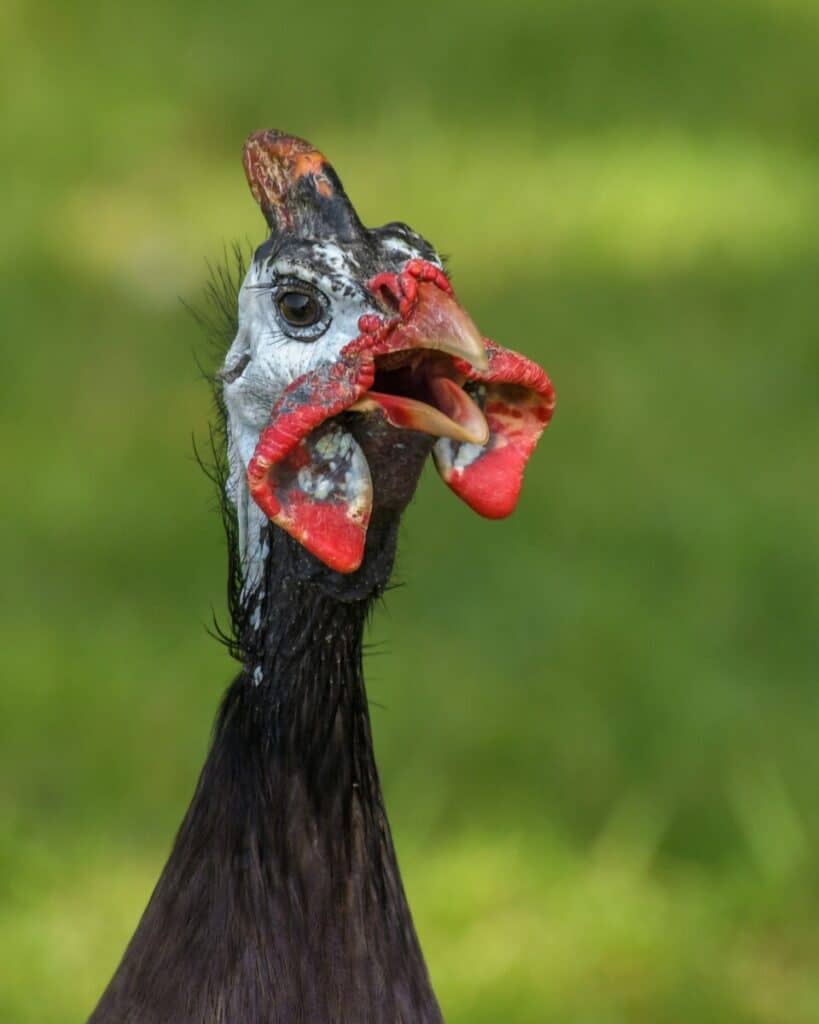
Ostriches
The original habitat for ostriches are the countries of Africa and the Middle-East. However, having a good immune system and adaptability, the ostrich is very much capable of surviving in many types of different habitats. Ostriches are a versatile poultry species in terms of profitability. Ostriches are useful for:
- The meat. Juicy and soft, with minimal cholesterol and calories.
- Skin. Used for the production of shoes and clothes.
- Fat. Used in cosmetology and medicine.
- The their eggs. Food and light industry.
- Feathers. Decorative material, especially in fashion.
This exotic animal requires a large area for walking. So, 10 ostriches need 50m2 of free space. They can be kept in unheated rooms in the winter. Ostriches are not fussy eaters, and to feed, will eat ordinary cereals.
A single egg of an ostrich can range in value, $35-$50. A typical ostrich egg will be like having a dozen chicken eggs. This can make it especially useful for industries that use large quantities of eggs at a time, like bakeries. You can expect each ostrich to produce 40-60 eggs a year.
Ostrich meat is in high demand but there are not many farms due to the cost of initial investment. A young chick that is less than 3 months old can cost you $525 each. After they pass the 3 months mark, you are looking at over $1000 per chick. A yearling can cost you $2500. An adult can cost you up to $10,000. It can take an ostrich 2.5 years before a female will lay her first egg and males take about 3 years to reach sexual maturity.
The lifespan of ostriches is very long however, 50-75 years. Females will produce eggs for most of that time assuming that she is healthy. A female can then in theory produce in around $138,000 in her lifetime, if you have on average 50 eggs a year and sell each for $42.50.
A pound of ostrich meat can be $17. You will usually get about 52% of the meat harvested. So in a typical 250 pound animal, that would be 130 pounds. So each animal can be worth $2210. Obviously this will depend on the actual market that you are in but this should give you an idea of the potential here.

To successfully engage in poultry farming, it is not enough to superficially get acquainted with the biology of various species of birds. It is necessary to immerse yourself in this world. Birds are not mammals and so humans don’t have an innate understanding of how these animals need to be raised. Birds however a resilient class of animals and so with a little patience, much can be achieved.
The fundamentals of reproduction, maintenance and care are a necessary basis for both an amateur who is involved in the yard and for the owner of a large farm with a well-developed infrastructure.
| Species | Egg Value (Dozen) | Meat Value (Lbs) |
| Chicken | $2.20 | $1.26 |
| Goose | $17.40 | $7.26 |
| Duck | $6-$12 | $1.45 |
| Turkey | $24-$36 | $1.51 |
| Quail | $3-$10 | $3.50 |
| Pheasant | $6-12 | $9.99 |
| Guinea Fowl | $4-5 | $11.99 |
| Ostrich | $510 | $17 |
Classification
The main sign of classification of breeds of poultry is based on destination. Each group has its own advantages and disadvantages. Today in the world, officially registered more than thousand breeds of domestic poultry, but in reality there are many more.
In this article, we will focus on two groups of poultry, depending on their consumer properties, since it is of most interest to amateur producers in their personal plots: egg and meat.
Poultry of egg breeds (characterized by high egg production). Birds of this orientation are more early-ripening than meat and egg breeds. The average egg production of poultry per year is 200-220 eggs across species. Some producing much more and some less.
Meat breeds of poultry. The ever-increasing population of the Earth requires the intensive development of meat production. Therefore, the breeding of more and more productive meat breeds of poultry is an ongoing task that poultry breeders and geneticists face. Large breeds of meat are bred for meat, but many of them do not lose their ability to carry eggs. These birds are very heavy.
Poultry Breeding
In the modern world there is a huge number of the most diverse breeds of poultry, hens, lines, and crosses species. All of them appear as a result of crossing two or more different breeds to obtain higher productivity or some other indicators and qualities.
As a rule, for poultry farmers engaged in breeding and keeping birds in their households, the most important indicators are the egg production of the poultry and its meat quality. They strive to choose exactly those breeds that carry up to three hundred eggs in a year and gain quite a lot of weight to get a lot of tasty meat.
There are several types of crossing breeds of poultry: introductory, production, reproductive, absorption, variable. Introductory crossbreeding is characterized by blood flow. As a result of this, genetic changes occur in the bird, traits of a separate genus increase or new features appear, but at the same time, the basic qualities of individuals that are improved and preserved.
Production crossing is aimed specifically at increasing the productivity of poultry, in order to obtain high rates of egg production or meat performance. During reproductive crossbreeding, breeders plan to improve not only the productivity of the bird, but also its exterior and other quality features. This method is the most common. With its help, most poultry breeds are bred.
In the process of absorption crossing, at least two breeds of poultry are involved. One of them plays the role of improved, it is used to improve its productivity, exterior performance, etc., and the other is improving, which already has high egg production or something else that should be better with the new breed.
Variable crossbreeding implies mating of the third breed of laying hens and roosters with feathered pets of pure breeds. And yet, each poultry farmer decides which hens to choose. Some people prefer high-eats, others use poultry exclusively for decorative purposes and eggs that are laid out from time to time do not play a big role, while others choose meat poultry breeds.
Poultry Breed Improvement
Mostly poultry breeds are well accustomed to the environment they are from: weather, humidity and other factors that affect their productivity. Undoubtedly there are some poultry breeds that are more effective than others: they lay more eggs, they weight more or they cost less. The problem is, they can’t adjust to every environment. The breed improvement is needed to accustom different breeds to different condition, to get maximum profit. For example adjust Asian poultry breeds to London climate or vice versa.
Conservation of local breeds possessing genetic variations specific to the particular environment is essential for sustainable development. Although they exist as numerically small populations, local breeds are not only highly adapted to the natural environment, but are also an integral part of the lifestyle of the rural people.
Poultry farming is undertaken to raise domestic fowl for egg production and poultry meat. For this, improved poultry breeds are developed and farmed to produce layers for eggs and broilers for meat. There are several reasons why we still keep improving poultry breeds across the world:
- The number and quality of chicks.
- Tolerance to high temperature.
- Low maintenance requirements.
- Reduction in the size of the egg-laying bird possessing the ability to utilize more fibrous and economical diet that are formulated using agricultural by-products.
Poultry meat and eggs are rich in nutrients and nutrients. They are included in the menu with low-calorie foods. These birds can be kept not only for food, but also as decorative. A limited number of lovers contains decorative birds.
Most people breed poultry for the sake of low-calorie and healthy meat, which leads in the world of gastronomy along with beef, pork, and lamb. Given the diversity of poultry breeding goals, there are many breeds of these birds.
Within the framework of this section, we attempted to conduct an overview of the breeds of poultry and give beginner poultry farmers general advice on what specific breeds should you pay attention to, based on your wishes and possibilities. We will also talk about why there are still facilities working on improving poultry breeds even today.
Importance of Breed Improvement
The following two rules should be incorporated into breeding strategies:
- Germplasm in traditional conditions should not be modified until management and housing have been improved and, even then, selection should be restricted to local breeds.
- When technical conditions are optimum and a ready market exists for the products, then improved breeds, crosses and hybrid strains that have been selected for high performance can be introduced into the peri-urban system, even at small-scale levels.
The most common method of improving the local gene pool is crossing indigenous and exotic birds, and then leaving the hybrid offspring to natural selection. Pure-bred or hybrid cockerels (or pullets) selected for greater meat or egg production are introduced into local flocks, usually in order to increase egg production.
It is important to note that improved growth (for meat production) and high egg production are genetically incompatible in the same bird. The genetic traits are negatively correlated, which means that selection for one trait will reduce the other.
An example of this type of strategy is a flock of indigenous local hens laying 50 eggs a year and beginning to lay at 25 weeks of age, crossed with “improved breed”, which have a genetic breed potential of 250 eggs a year, with hens beginning to lay at 21 weeks. The results are cross-bred hybrid pullets beginning to lay at 24 weeks, with a genetic potential of laying 200 eggs per year.
The first generation hybrid cross-breed has a higher theoretical genetic potential (genotype) than the average (150) of the two parent breeds. However, unless management (especially in the area of nutrition) is improved, this genetic potential will not be realized by the hybrid cross-breed in actual practice in the environment.
If subsequent generations of the hybrid cross-bred pullets are mated (back-crossed) again with the same “improved breed” cockerel, the genetic potential for increased production is raised, although at a slower rate (as hybrid vigor only works with first-time crossing). With each generation, higher levels of management (including the provision of properly balanced feeds) are required to achieve this potential.
If the hybrid cross-breeds mate among themselves, however, potential production falls in the very next generation to the average potential of the two original genotypes, even if management could support the higher hybrid level.
Production of Different Poultry
The genetic development of local breeds and varieties in different countries first requires proper documentation of their productive and reproductive performance. The main production characteristics of most breeds are:
- small body size (low nutritional maintenance requirement);
- lateness in maturing (up to 36 weeks of age);
- low performance in egg numbers (20 to 50) and egg size (25 to 45 g);
- small clutch sizes (two to ten eggs); and
- Long pauses between laying of clutches and a predominant inclination to broodiness.
For rural smallholder extensive systems, meat production cannot be separated from egg or chick production, and thus a highly broody (with consequent low egg production), low body-weight (low-feed requirement) bird is best for survival under these conditions. Surplus cockerels, whatever they weigh, are usually sold for meat when they reach sexual maturity at three to four months of age.
Under rural smallholder extensive systems, there is little reproductive control of the hens, as they brood their own chicks for continuous regeneration of the flock. The egg brooding (incubation) and chick rearing activity increases the reproductive cycle length by 58 days to about 74 days in total:
16 days for egg laying and clutch formation + 21 days for hatching + 37 days (5.3 weeks) for chick rearing = 74 days
Thus, most hens can produce chicks about four to five times per year, and only four times if the rearing period is extended to eight weeks. As malnutrition, infections, predators and accidents result in mortality rates of 60 to 70 percent during rearing, virtually all eggs are used for reproduction. With four to five reproductive cycles per year, only about nine replacement pullets may be obtained.
Fertility and hatchability are also high in local birds. They generally adapt well to unfavorable management conditions, and resistance to prevailing diseases is usually assumed to be high, although juvenile and sometimes adult mortality rates can be high in extensive production systems.
Considerable genetic differences exist between different regional and continental populations of indigenous chickens, and production rates of local populations should be evaluated before introducing development programs.
High Poultry Mortality
Family poultry is well integrated into most village farming systems, with local breeds representing 40 to 70 percent of the national meat and egg supply in most countries. Because of their scavenger adaptability, production ability and low cost, local breeds are kept by rural smallholders, landless farmers and industrial laborers.
It is difficult to imagine birds better adapted for survival under scavenger free-range conditions than the breeds that have already evolved under those very same conditions, and are still surviving as proof of their ability to do so. However, there does remain a considerable and largely unexploited potential for increased production from local breeds through improved management.
The critical management objective for scavenger free-range systems is to reduce the high mortality in both growing and adult age groups, but especially the 60 to 70 percent mortality in the growers.
This high mortality means that many eggs laid by the hen need to be used for reproduction to maintain flock size, instead of for sale or consumption. It also means that many birds that die could instead be sold or consumed as meat.
The problem with local breeds, as outlined above, is not inherently low egg production or low meat production, but high mortality. Breed improvement to increase meat or egg production would not solve the health and nutrition management problems. However, increased egg production (by breed improvement) would create a new problem – lack of broodiness in the flock – which would force the smallholder to buy stock rather than have the hen brood and rear her own.
Mortality can be significantly reduced through increasing farmer awareness of health needs, through the provision of vaccine (especially for Newcastle Disease) and through improving the nutrition of growing stock (for example, by providing creep feeding systems). These are the most important improvements to management activities that will enable to the farmer to best exploit the existing potential of local breeds under scavenging free-range conditions.
If management resources available to the smallholder or landless farmer increase to the extent of a local supply of balanced poultry feed, the options open to his income-generating ability are increased. However, the answer is not to confine local breeds in intensive management systems.
The performance of local breeds will increase slightly under cage or deep litter management but, because the genetic potential for egg production (or meat production) of local breeds is lower than that of commercial hybrids, the same investment in intensive management will achieve a much higher production result by using commercial hybrids.
If balanced feed, good health-care supplies and day-old chicks of hybrid varieties are locally available, then intensive poultry management is an option. If these are not available, raising local breeds under scavenger free-range systems is still the best choice.
The vast potential for increasing income generation from scavenger free-range family poultry clearly lies in the management area of reducing mortality in growing chickens. This alone is sufficient challenge for the already overstretched resources of government and NGO field extension staff in developing countries.
The potential for breed improvement is a factor to be considered in the future, but only when the more immediate objective of reducing mortality is attained. Meanwhile efforts should be continued to preserve germplasm as a resource for the future.
How to Choose Best Poultry Species
Before choosing a breed of poultry for breeding, it is necessary to determine the goals and possibilities of keeping. The selected species must coincide with the climatic characteristics of the region in which it will be kept, birds must have a healthy appearance and be active.
Secondly, if you already have a poultry house, and you want to buy a breed of poultry, and the existing poultry house will not satisfy this breed, then you may have to buy another winter poultry house.
Summary
There are many breeds of poultry of different directions and breeding patterns. Therefore, choosing the right type is not difficult. The main thing is to decide for yourself which direction you need and what budget you are willing to spend on buying a poultry coop, buying poultry, feed and vitamins! Poultry are very beneficial birds for keeping, as they can bring such useful products as eggs and meat.
A variety of colors applies not only to the plumage of birds, but also to eggs and even skin. Most types of poultry are unpretentious in the care and maintenance, as well as resistant to adverse conditions and diseases. Many breeds successfully survive long harsh winters.
The breeding improvement is needed to maximize the productivity of the poultry breeds. The climate is changing very fast these days so we need to adjust to it. That’s why it is important to improve poultry breeds, so they can adjust to the conditions we need and give us the maximum profit.
